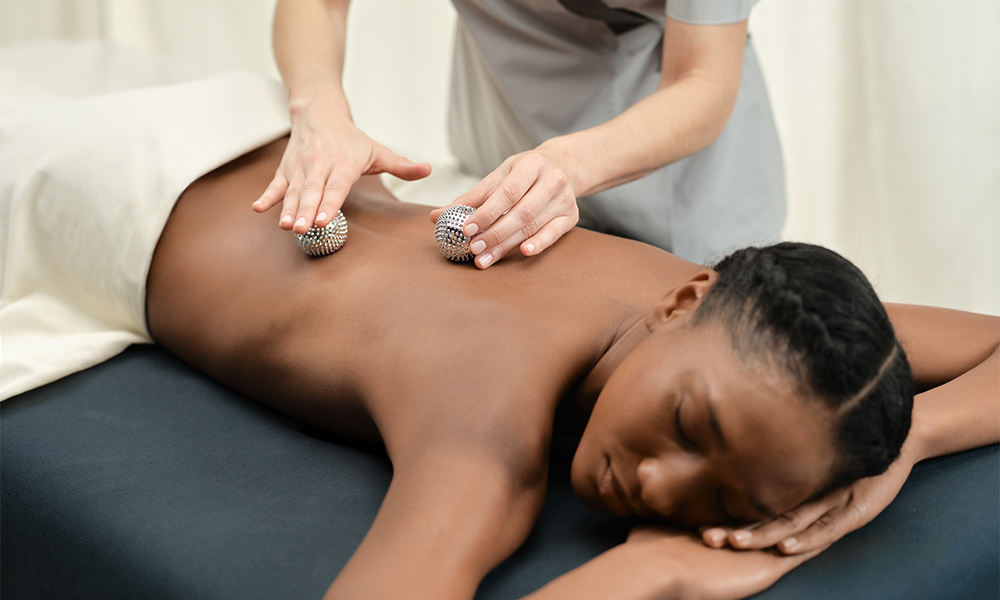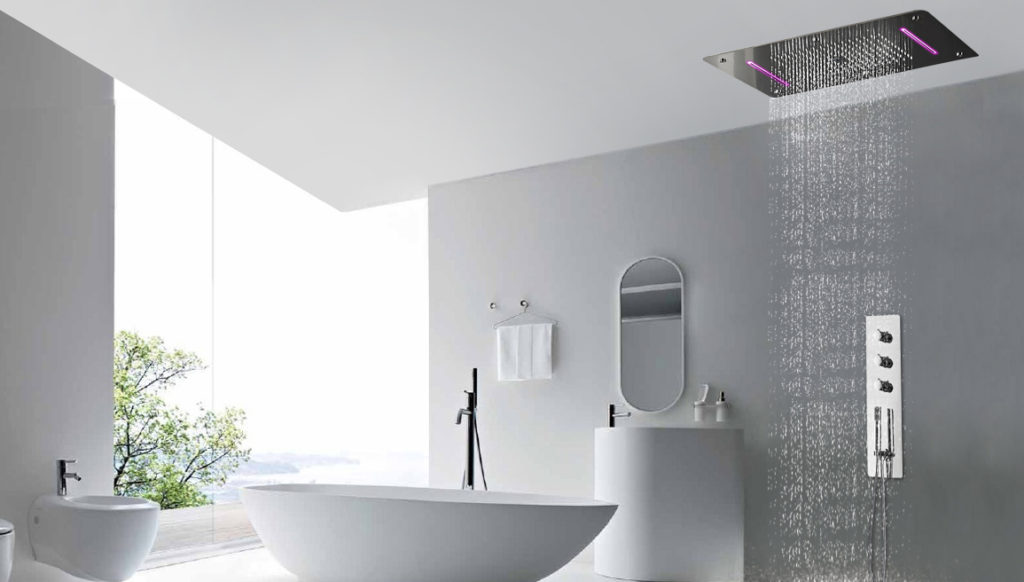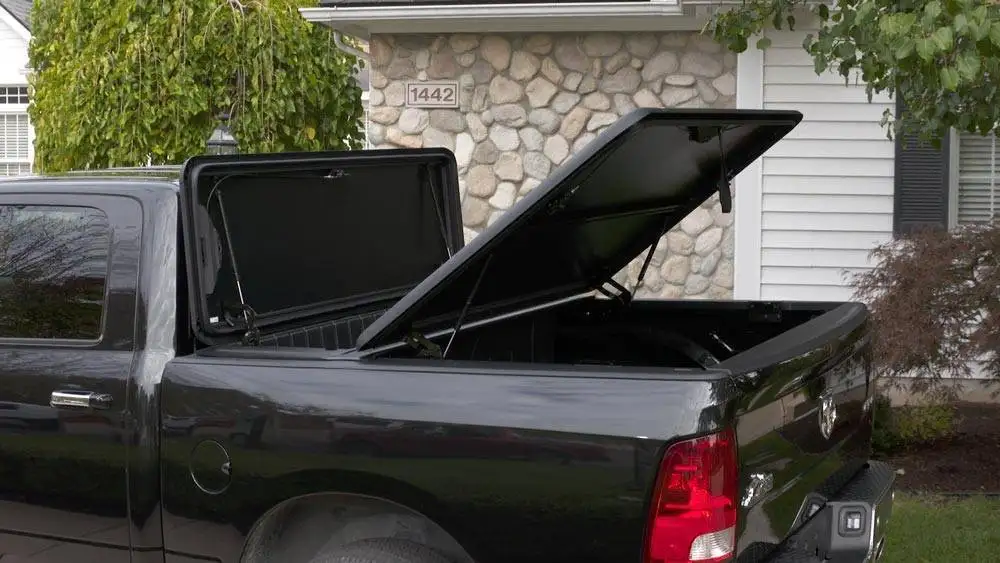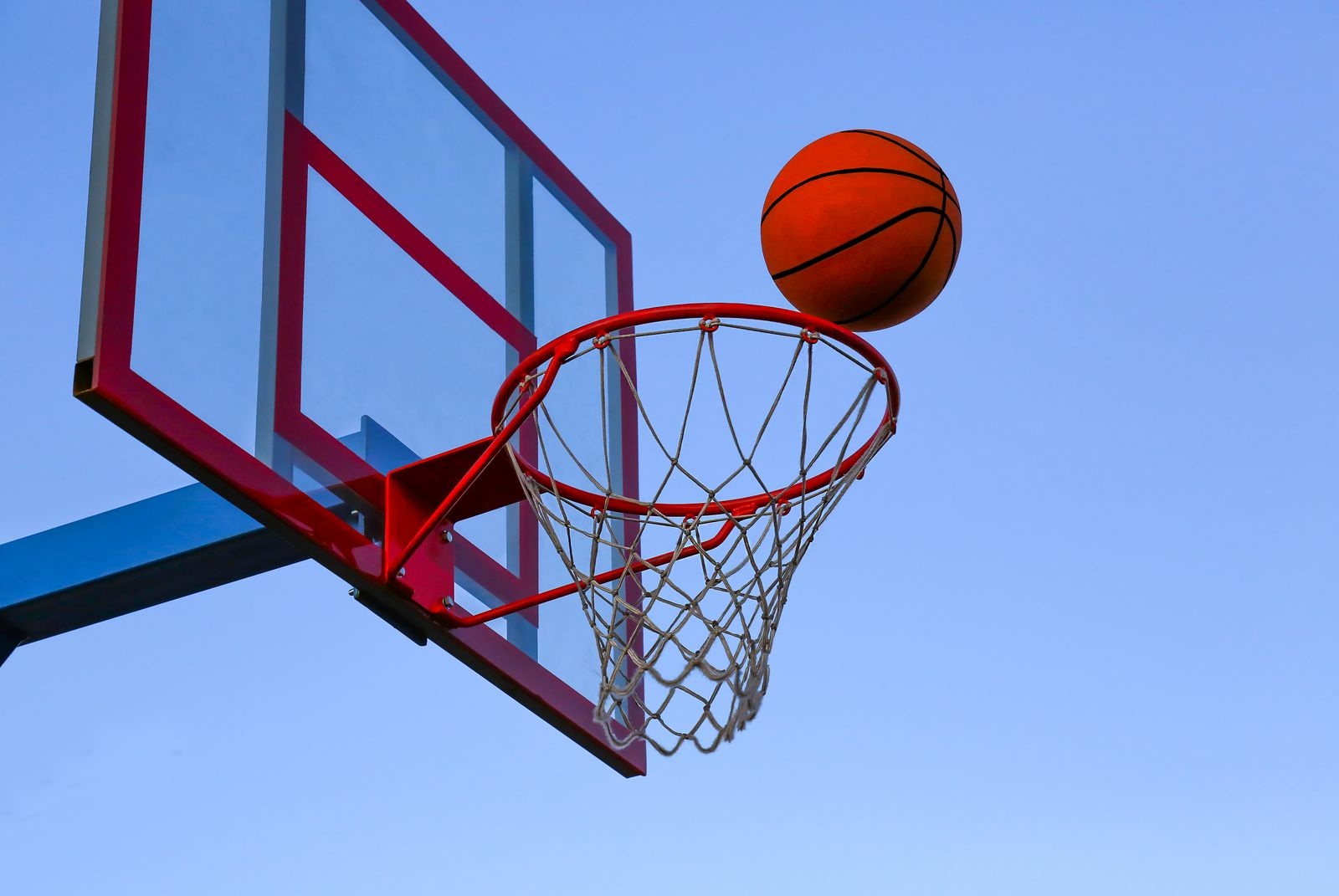Key Takeaways:
- Choosing the right basketball hoop depends on your needs and space constraints
- There are three main types of basketball hoops: in-ground, portable, and wall-mounted
- The material of the basketball hoop affects durability and performance
- Selecting the perfect basketball backboard involves considering material, size, and design
- Backboard materials include tempered glass, acrylic, polycarbonate, and steel
- The size and thickness of the backboard impact performance
- The design of the backboard can affect gameplay and aesthetics
- Understanding basketball hoop systems, including in-ground and portable options
- Adjustability is an important feature to consider in hoop systems
- In-ground hoops are not always costly or difficult to install
- Proper maintenance is necessary to maintain the longevity and performance of the hoop system
- Regular cleaning, protection, and check-ups are part of the maintenance process
- There are various accessories and add-ons available to enhance your hoop system
Choosing the Right Basketball Hoop
When it comes to choosing the right basketball hoop, there are several factors to consider. Determining your needs and space constraints will help guide you in making the best decision. Are you looking for a hoop for recreational play or professional training? Do you have limited space in your backyard or a spacious driveway?
Determining Your Needs and Space Constraints
Before making any purchases, it’s important to assess your needs and the space available for your basketball hoop. If you have limited space, portable hoops may be a better option as they can be easily moved or stored when not in use. On the other hand, if you have a dedicated area for basketball, an in-ground hoop may be preferable for a more stable and permanent setup.
Exploring Different Types of Basketball Hoops
There are three main types of basketball hoops to choose from: in-ground, portable, and wall-mounted. In-ground hoops are permanently installed and provide the most stability, making them ideal for serious players and those with dedicated basketball courts. Portable hoops are movable and can be filled with water or sand for stability. They offer convenience and flexibility for recreational play. Wall-mounted hoops are attached to a wall or garage and are a great option when space is limited.
Understanding the Pros and Cons of Different Materials
Choosing the right material for your basketball hoop is crucial for durability and performance. The most common materials used in basketball hoop construction are metal, polycarbonate, acrylic, and tempered glass.
Metal hoops are the most affordable option but may lack the professional feel and rebounding qualities of other materials. Polycarbonate is durable and shatterproof, making it a popular choice for recreational play. Acrylic is a step up from polycarbonate, offering better rebounding and a more authentic playing experience. Tempered glass is the top-of-the-line choice for professional players, providing excellent rebounding and a true bounce.
Selecting the Perfect Basketball Backboard
The basketball backboard is an essential component of any hoop system, and choosing the right one can greatly affect the quality of your game. When selecting a backboard, several factors should be considered, including material, size, and design.
Exploring the Benefits of Different Backboard Materials
Backboards are typically made from materials such as tempered glass, acrylic, polycarbonate, and steel. Each material has its own advantages and disadvantages. Tempered glass is the preferred choice of professional players as it provides the best rebound and durability. Acrylic is a popular alternative for recreational use due to its affordability and decent rebounding capabilities. Polycarbonate is the most affordable option but may lack the authentic playing experience of other materials. Steel backboards are extremely durable but are often found in commercial or heavy-duty settings.
Considering the Size and Thickness of the Backboard
The size and thickness of the backboard also play a significant role in the overall performance of your basketball system. Regulation-size backboards measure 72 inches wide by 42 inches high, providing ample space for players to shoot and rebound. However, if you have space constraints, smaller backboards ranging from 44 to 60 inches in width are available. In terms of thickness, thicker backboards offer better durability and more consistent rebounding.
Evaluating the Impact of Backboard Design on Gameplay
The design of the backboard can also affect gameplay. Rectangular backboards, commonly used in professional settings, offer a larger shooting area and a more realistic rebound. Fan-shaped backboards, typically found in recreational setups, provide a wider target area and can be more forgiving for beginner players. The design of the backboard also contributes to the aesthetics of your basketball system, so choose one that aligns with your preferences.
Understanding Basketball Hoop Systems
Once you have chosen the right basketball hoop and backboard, it’s important to understand the different types of hoop systems available: in-ground and portable.
Comparing In-Ground and Portable Hoop Systems
In-ground hoop systems are permanently installed into the ground and offer the highest level of stability and durability. They are ideal for serious players and those looking for a professional playing experience. Portable hoop systems, as the name suggests, can be easily moved and transported. They are a popular choice for recreational play and for households where space is limited or where the hoop needs to be stored during certain times.
Examining the Different Adjustability Options
Adjustability is an important feature to consider in basketball hoop systems, especially if you have players of different ages and skill levels. Most basketball hoops offer height adjustments ranging from 7.5 to 10 feet. Look for a system that allows for easy and secure adjustment mechanisms, such as telescopic poles or crank handles.
Smashing the Myths: Common Misconceptions about Basketball Hoop Systems
There are some common misconceptions about basketball hoop systems that need to be addressed. One of the most prevalent myths is that in-ground hoops are costly and difficult to install. While they may have a higher upfront cost compared to portable hoops, in-ground systems often provide better long-term value and can be installed by professionals or with DIY installation kits.
Another myth is that portable hoop systems are not as durable as in-ground systems. While it’s true that portable systems may not offer the same level of stability, advancements in design and construction have made them more robust and able to withstand aggressive play.
Maintaining and Improving Your Basketball Hoop
Proper maintenance is essential to ensure the longevity and performance of your basketball hoop system. Regular cleaning and protection, as well as periodic check-ups, will help keep your hoop in top condition.
Cleaning and Protecting the Hoop and Backboard
Cleaning your basketball hoop and backboard regularly will help prevent the buildup of dirt, grime, and weather-related damage. Use a mild detergent and water solution to clean the surface of the backboard and rinse thoroughly. To protect the hoop from the elements, consider using a cover or tarp when not in use.
Regular Maintenance and Check-ups for Longevity
Performing regular maintenance checks on your basketball hoop system will help identify any issues that need to be addressed. Inspect the hardware, including nuts and bolts, to ensure they are secure. Lubricate movable parts, such as the height adjustment mechanism, with a silicone-based lubricant to prevent rust and ensure smooth operation.
Upgrading Your Hoop: Accessories and Add-ons
If you’re looking to enhance your basketball hoop system, there are several accessories and add-ons available. Basketball nets can be easily replaced if they become worn or damaged. Pole pads provide added safety by cushioning impact and reducing the risk of injuries. Court marking kits can help create a more professional-looking playing surface in your backyard.
By considering your needs, exploring different options, and understanding the ins and outs of basketball hoops, backboards, and systems, you will be able to make an informed decision and enjoy the game to its fullest. Remember to maintain and care for your basketball hoop system to ensure years of enjoyment and improvement in your basketball skills.













